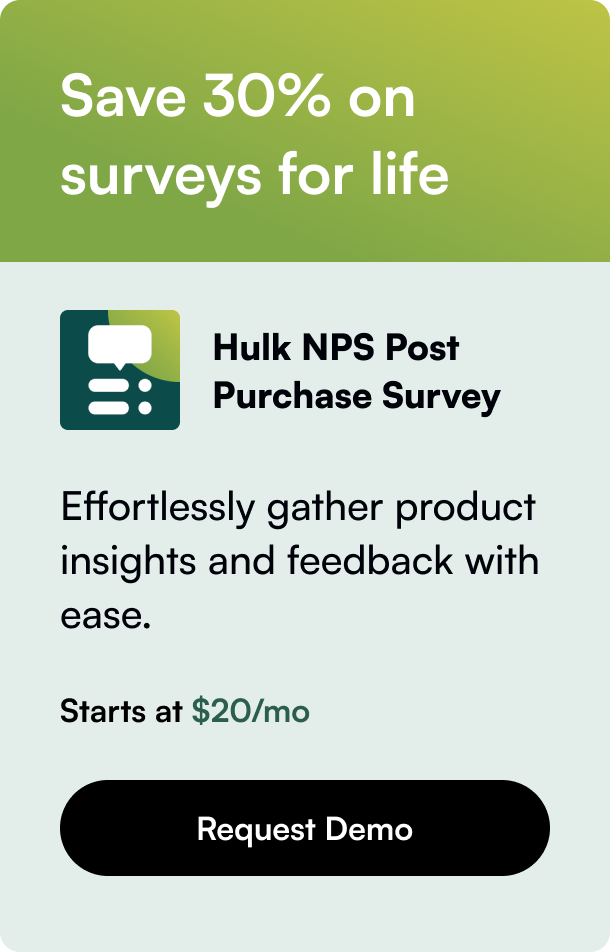Table of Contents
- Introduction
- The Benefits of Amazon to Shopify Integration
- Setting Up the Integration
- Optimizing the Integration
- Common Challenges and Solutions
- Conclusion
- FAQ Section
Introduction
Are you a merchant looking to integrate your Amazon store with Shopify to create a centralized and efficient e-commerce ecosystem? If so, you understand the value of tapping into the vast customer base of Amazon while taking advantage of the customization and branding potential that Shopify offers. In this comprehensive guide, we will explore how integrating your Amazon presence with your Shopify store can streamline your operations, expand your customer reach, and ultimately boost your sales.
By the end of this blog post, you will have gained a solid grasp of the procedures and benefits involved in Amazon to Shopify integration. Expect to learn how to leverage the symbiotic strengths of both platforms to maximize your business's potential. Prepare to uncover the transformative impact of consolidating your online sales channels, merging logistics efficiency with brand individuality.
The Benefits of Amazon to Shopify Integration
When you blend the impressive distribution network of Amazon with the robust e-commerce features of Shopify, you bring together the best of both worlds. Here's why amalgamating Amazon with Shopify could be revolutionary for your online business:
-
Centralized Inventory Management: By syncing Amazon's Multi-Channel Fulfillment (MCF) with Shopify, you can seamlessly manage stock levels, reducing the risk of overselling or stockouts.
-
Effortless Order Fulfillment: Automatic fulfillment means that your Shopify orders can be picked, packed, and shipped through Amazon's fulfillment network, offering streamline shipping options to your customers.
-
Customized Branding Experience: Shopify is renowned for allowing customized branding that can help your products stand out, and syncing with Amazon extends this branding to a wider audience.
-
Unified Analytics and Reporting: Dealing with one integrated system makes tracking sales, inventory, and customer behavior easier across multiple channels.
Setting Up the Integration
Achieving integration may appear daunting, but it can be quite straightforward. Here are the steps to set up the sync between your Amazon and Shopify accounts:
-
Install the Amazon MCF App: The first move is to install the Amazon MCF app on your Shopify store. This free app anchors your stores together, facilitating the pulling and management of orders from a singular console.
-
Link Accounts and Verify Listings: Once installed, the app will prompt you to connect your Amazon account. You must ensure that the SKUs between your Shopify products and Amazon listings match, allowing for accurate synchronization.
-
Establish Shipping Preferences: Decide on how Amazon's shipping options will be reflected in your Shopify store, ensuring transparency and up-front information for your customers.
-
Real-Time Tracking: The integration offers tracking and order notifications directly within the Shopify dashboard, giving you and your customers real-time updates on each order's fulfillment status.
Optimizing the Integration
Here's where incremental enhancements can take your integrated system to new heights:
-
Inventory Oversight: Periodically review your inventory to ensure that both Amazon and Shopify are reflecting accurate stock levels, thereby minimizing the risk of operational hiccups.
-
Adjust Shipping Policies: Be prepared to tweak your shipping policies based on real-world customer feedback and order patterns to ensure maximum satisfaction and efficiency.
-
Utilize Data Analytics: Use the analytics from the integrated system to gain insights into buyer behavior, product performance, and conversion rates, providing you with actionable data to drive business decisions.
-
Marketing Coordination: Harmonize promotional activities across both platforms. For instance, if you're running a discount or a new product launch, ensure the details and timings align on both Amazon and Shopify.
Common Challenges and Solutions
No integration is without its hurdles. Here's how to leap over common obstacles encountered during the integration process:
-
SKU Matching: It’s essential to regularly monitor and correct mismatches between SKUs across platforms to prevent any mishaps in order fulfillment.
-
Catalog Complexity: If you're dealing with a large and complex catalog, consider phased integration, category by category, to prevent overwhelm and minimize mistakes.
-
Expect Learning Curve: Allocate time and resources into learning the inner workings of the integration and possibly consider staff training to leverage the system effectively.
Conclusion
Integrating your Amazon store with Shopify doesn't just multiply your platforms’ strengths; it creates a selling force greater than the sum of its parts. With strategically positioned touchpoints and shared logistics capabilities, your e-commerce engine becomes markedly more efficient and potent.
By following the steps outlined in this guide, avoiding common pitfalls, and continually fine-tuning your setup, you're well on your way to an agile, multicentered online business that's equipped to take on the competitive digital marketplace.
FAQ Section
Q: Does integrating Amazon with Shopify mean I'll have to pay double in fees? A: Not necessarily. While both platforms have their fee structures, integrating helps manage these costs better by streamlining operations and potentially increasing sales volume to offset fees.
Q: Can I offer Amazon Prime benefits to my Shopify customers? A: When using Amazon's Multi-Channel Fulfillment, Prime benefits become accessible to customers shopping on your Shopify store.
Q: Will managing returns become more complicated with both Amazon and Shopify? A: Returns can be managed through the Amazon MCF dashboard, which is synced with your Shopify account, keeping the process straightforward and centralized.
Q: How can I ensure timely and accurate fulfillment when integrating these platforms? A: Monitor the fulfillment process closely in the initial stages of integration, and set up notifications and alerts to catch potential issues early on.
Q: Will integrating with Amazon dilute my brand presence on Shopify? A: Balancing third-party sales with direct sales can be challenging, but the integration should amplify your brand by leveraging Amazon’s vast reach while maintaining your brand identity on Shopify.








